Counterfeit Detection: 1861 Indian Head Cent
Posted on 3/25/2020
By Numismatic Guaranty Corporation®
In its day, the 1861 Indian Head cent was not rare. In fact, the Philadelphia Mint struck more than 10 million of them that year.
Today, however, it is the scarcest of the short-lived copper-nickel cent series issued in 1859-64. As such, it is a key date for collectors and, according to the NGC Price Guide, commands a hefty $1,550 in Mint State (MS)-65. Its collectability and high value make the 1861 cent a target of forgers.
Numismatic Guaranty Corporation (NGC) authenticators recently identified a counterfeit 1861 Indian Head cent in a submission from a collector. While it is not the most convincing fake, the piece is more deceptive than some.
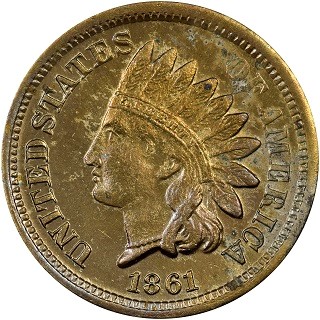 |
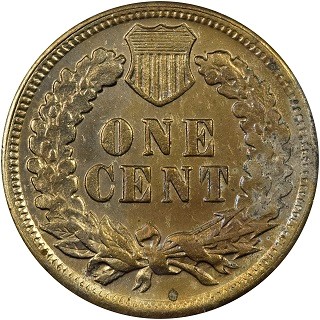 |
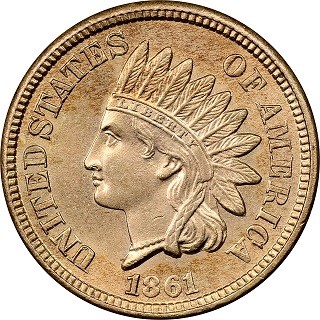 |
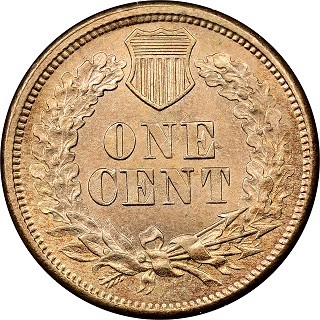 |
| The 1861 Indian Head Cent forgery (top) displays rough surfaces, a result of the transfer process used to make the dies. A genuine example is above. Click images to enlarge. |
|
It is die-struck, just as genuine examples are. However, design details were lost during the transfer process used to create the counterfeit dies. In addition, its copper-nickel composition is not correct (64-percent copper/19-percent nickel/18-percent zinc, as opposed to the stand ard 88-percent copper/12-percent nickel). The weight, at 4.84g, is slightly heavy but within mint tolerances.
Finally, some odd corrosion not normally seen on these issues appears on the right side of the reverse. As you can see from the photographs here, a genuine cent has markedly sharper details and a much more pleasing, uniform color. The counterfeit, on the other hand, shows significantly less detail on the headdress, and its porous surface is rough and “pimply,” again a result of the transfer process.
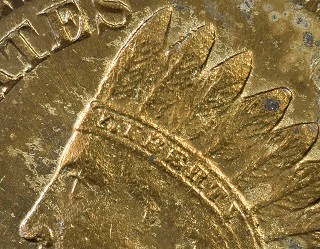 |
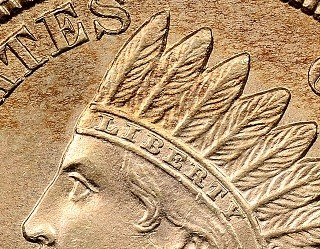 |
| The headdress on the obverse is a prime area of comparison. Note the lack of detail on the counterfeit (left). Click images to enlarge. |
|
The submitter likely was disappointed to learn that his cent was a fake. It is important to closely examine every coin you buy, especially key dates. If you are unsure of your skills, it is best to leave authentication to the experts and purchase coins graded by a third-party service like NGC.
Reproduced with permission from the December 2019 edition of The Numismatist, official publication of the American Numismatic Association.
Did you know? NGC has created a comprehensive Counterfeit Detection resource to help collectors and dealers identify counterfeit and altered coins. Visit NGCcoin.com/counterfeit.
Stay Informed
Want news like this delivered to your inbox once a month? Subscribe to the free NGC eNewsletter today!
